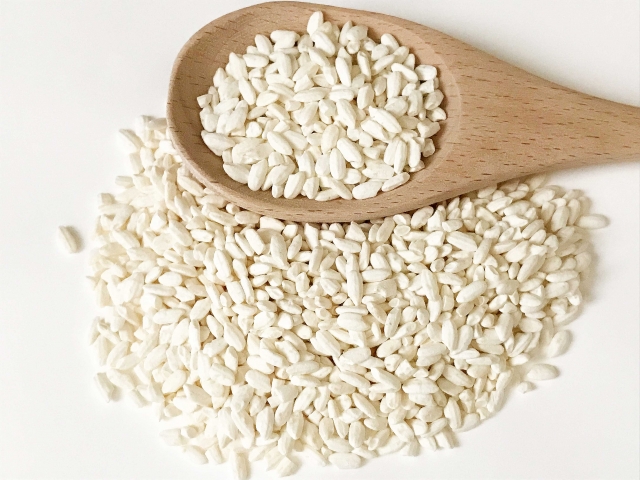What is Koji? Japan’s Magical Mold Behind Miso, Sake, and More
When you hear the word mold, your first thought might be rotten food. But in Japan, there’s a special mold that’s been treasured for centuries—and without it, there would be no miso, no soy sauce, and no sake.
That mold is called koji (pronounced koh-jee). And recently, it’s gaining attention around the world for its role in fermentation, flavor, and even health.
What Exactly Is Koji?
Koji refers to rice (or sometimes barley or soybeans) that has been inoculated with a mold called Aspergillus oryzae. This friendly fungus grows on the surface of the grain, producing powerful enzymes that break down starches into sugars and proteins into amino acids. You can find dried koji (乾燥麹) in Japanese supermarkets, and if you are lucky, you might run into raw koji (生麹) too (you need to keep raw ones refrigerated).
These enzymes are the secret behind many of Japan’s most iconic fermented foods, including:
- Miso (fermented soybean paste)
- Soy sauce (shoyu)
- Mirin (sweet rice wine)
- Sake (rice wine)
- Amazake (a sweet fermented rice drink)
Koji acts as a catalyst for transformation—turning simple ingredients into flavorful, umami-rich staples.
Learn About Koji Through Manga: Moyashimon
If you want to explore the world of microbes in a fun and educational way, check out the Japanese manga Moyashimon: Tales of Agriculture. It follows a university student who can see microbes with the naked eye—including Aspergillus oryzae, the mold behind koji.
The manga does a brilliant job of explaining fermentation and Japanese food science in an entertaining format. Thanks to Moyashimon, many readers (myself included) were inspired to dive deeper into the hidden world of fermentation. It’s a great starting point if you’re new to the topic but love storytelling and quirky humor.
Koji and Gut Health: More Than Just Flavor
Besides adding rich, deep flavor, koji also plays a role in supporting digestive health. That’s why many people interested in gut health are rediscovering it today.
Here’s what koji-based fermented foods can offer:
- Probiotics (through fermentation)
- Digestive enzymes
- Enhanced absorption of nutrients
- Naturally gluten-free and plant-based flavoring
For example, shio-koji—a fermented paste made with koji, salt, and water—is often used as a healthy seasoning and natural meat tenderizer.
Not Just for Pros: You Can Use Koji at Home
While koji used to be the domain of sake brewers and miso makers, it’s now much easier to try at home. You can find ready-made rice koji at Japanese supermarkets or online. Some people (like me) also experiment with making their own amazake, a lightly sweet drink with no added sugar.
Here’s how you can start:
- Buy rice koji (I’d recommend dried ones to start with)
- Prepare clean jar and equipments like spoon (sterilize for safety)
- Use it to make amazake, shio-koji, or miso
You don’t need fancy equipment—just curiosity and alcohol for sterilization.
Why I Love Koji
My interest in fermentation began with a desire to improve gut health. I was trying to find a way to improve my mental health. I read a lot. I was in Scotland and there’s nothing better to read and stay home in Scottish autumn, winter and (very very short) spring. I came across multiple books which indicated that there is a mysterious connection between gut health and brain.
As I learned more, I kept encountering the same word: koji. It turns out this humble mold is the heart of so many Japanese foods I love.
Reading Moyashimon helped me understand it in a more approachable way, and now I use koji regularly at home. In a future post, I’ll share my favorite way to make amazake and how it fits into my daily routine.
Where to Find Koji
If you’re in Japan, try:
- looking for dried koji in dry food (kanbutsu) section, probably next to kelps and katsuobushi
- drinking amazake (there are 2types of amaze; low alcohol and non-alcohol)
- buy koji-related food online like amazon
- skimming through instagram with keywords like “麹”, “塩麹”, “醤油麹”
Have you ever used koji before?
If not, try exploring this magical mold through manga, food, or both—you might find yourself hooked like I did.


